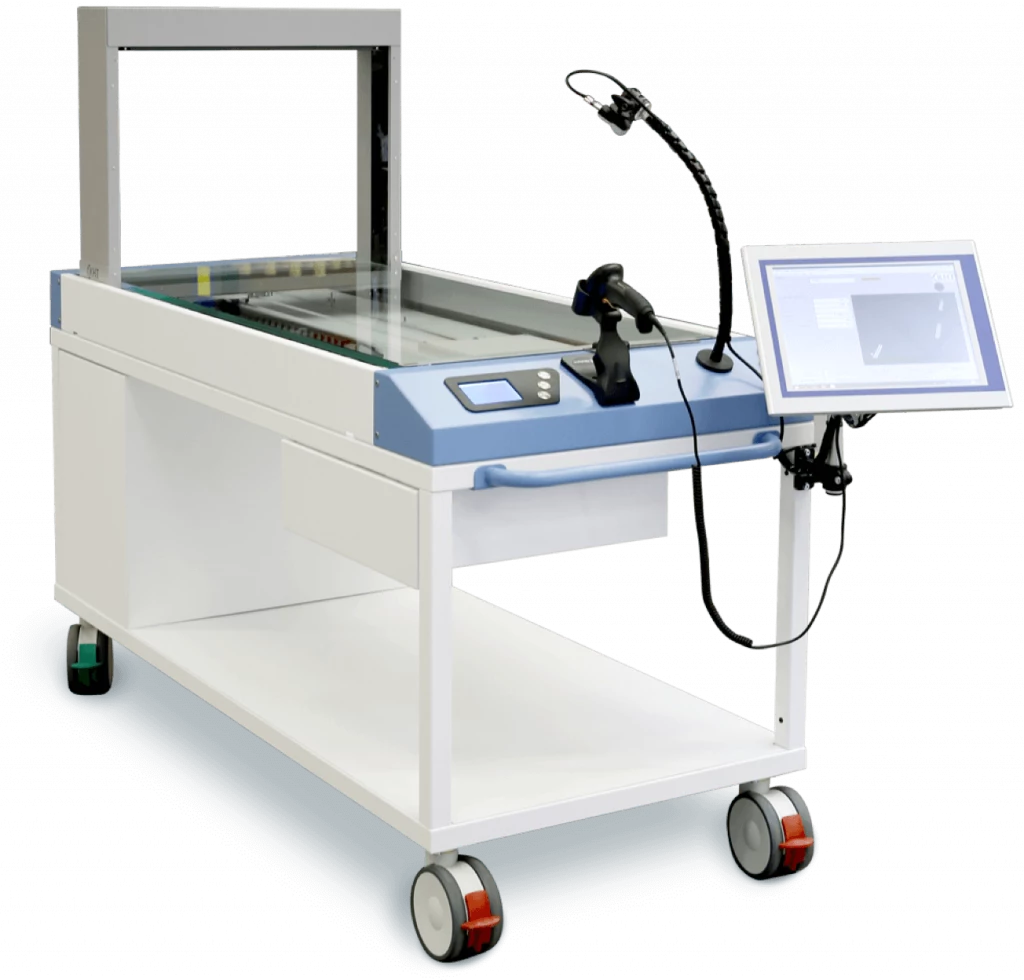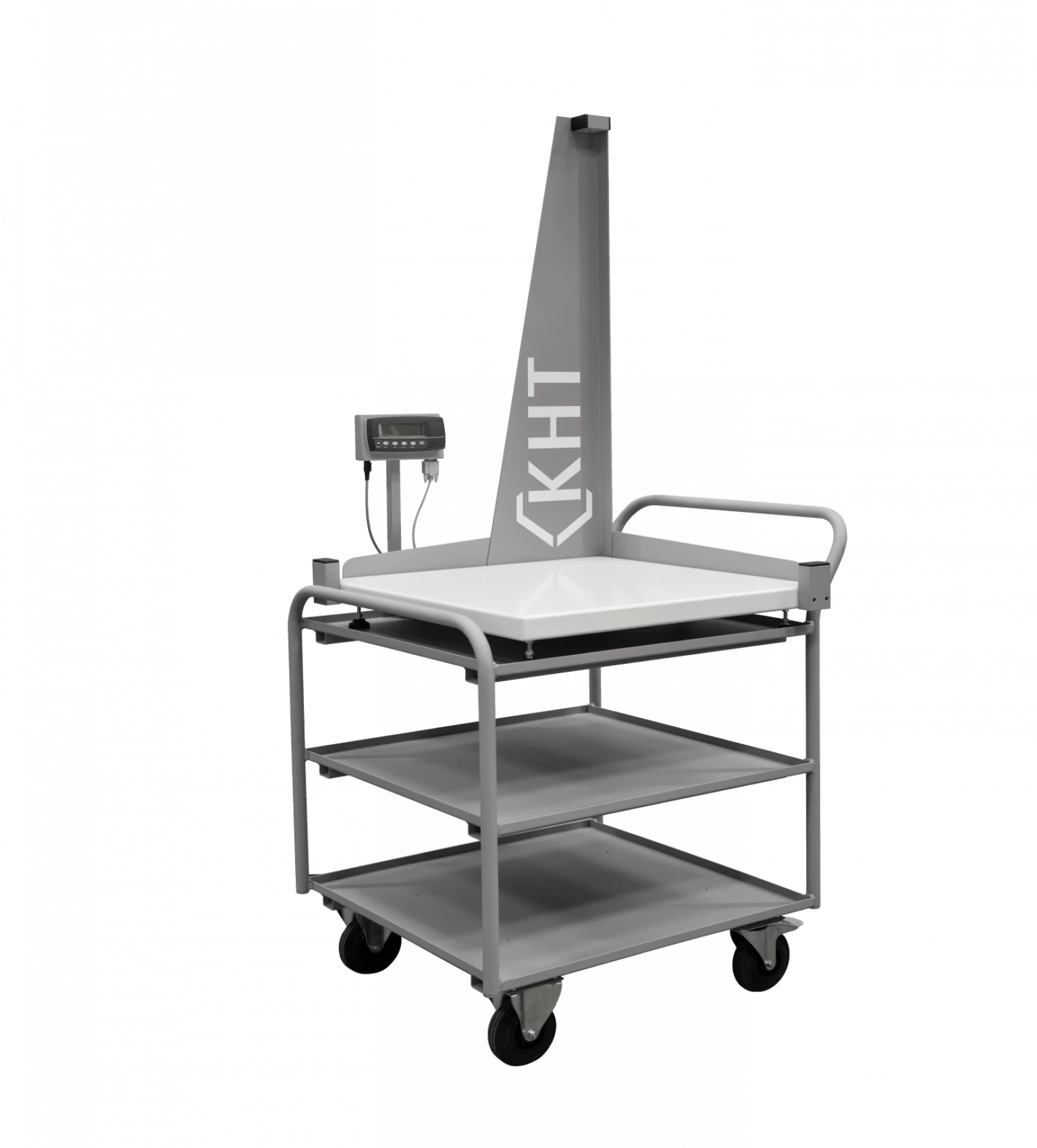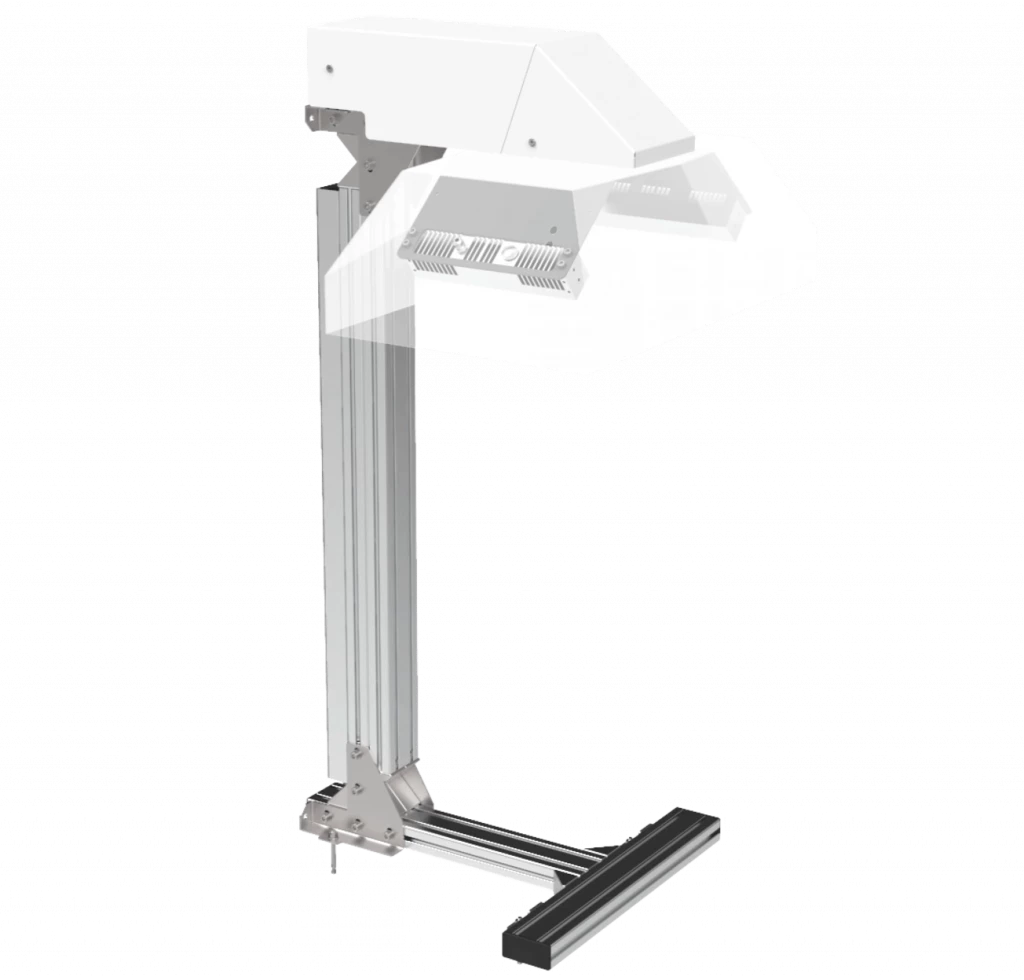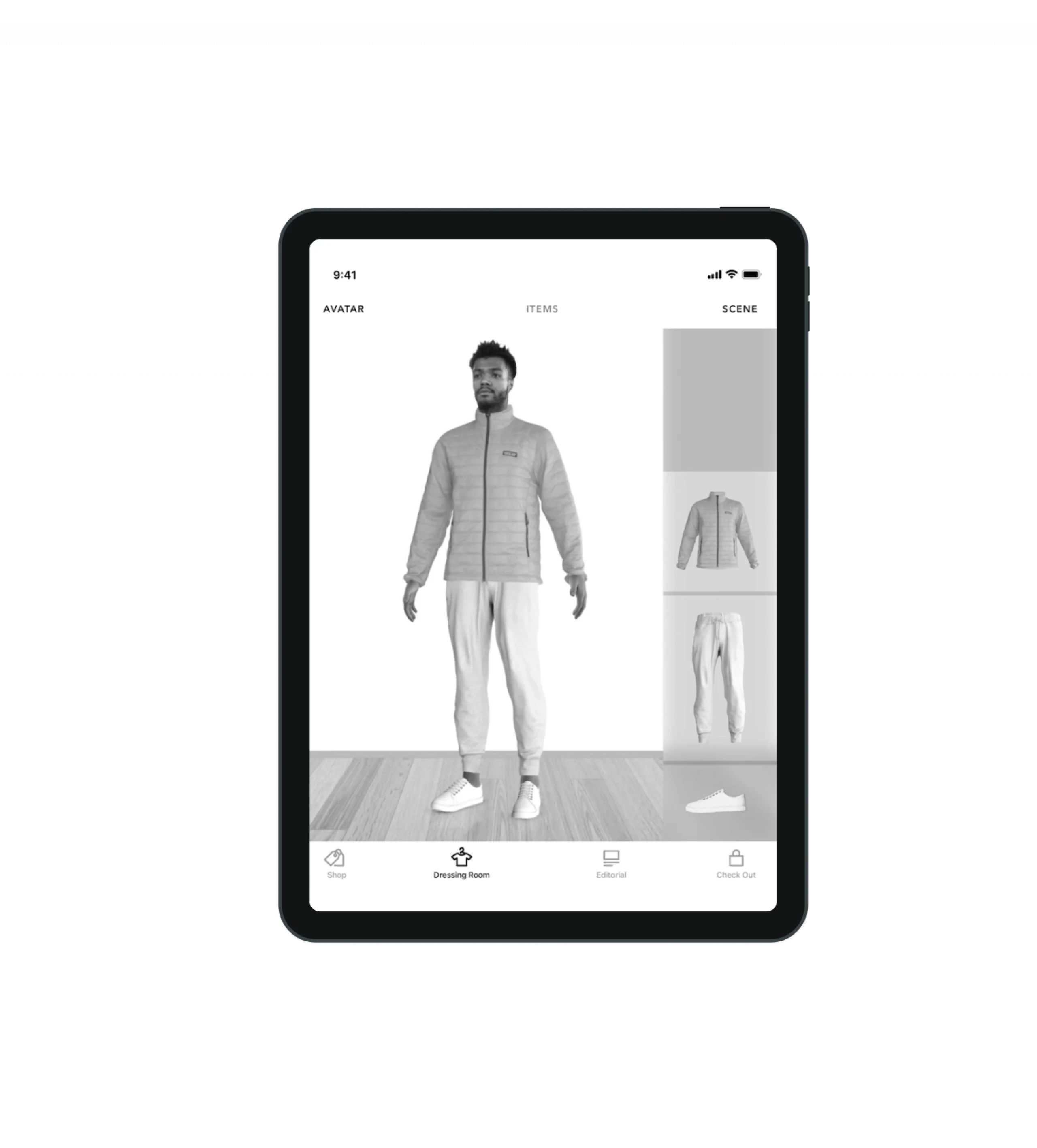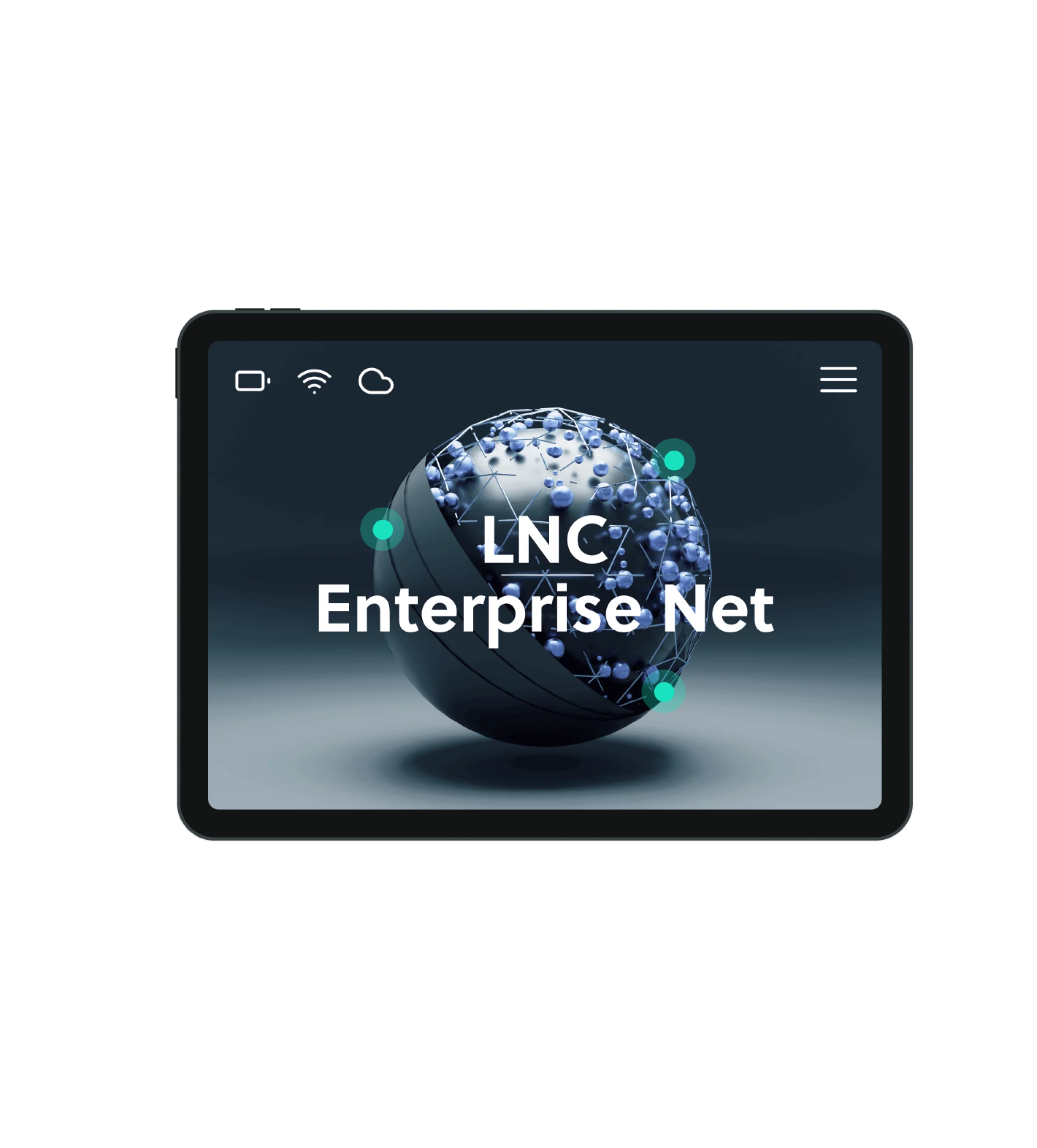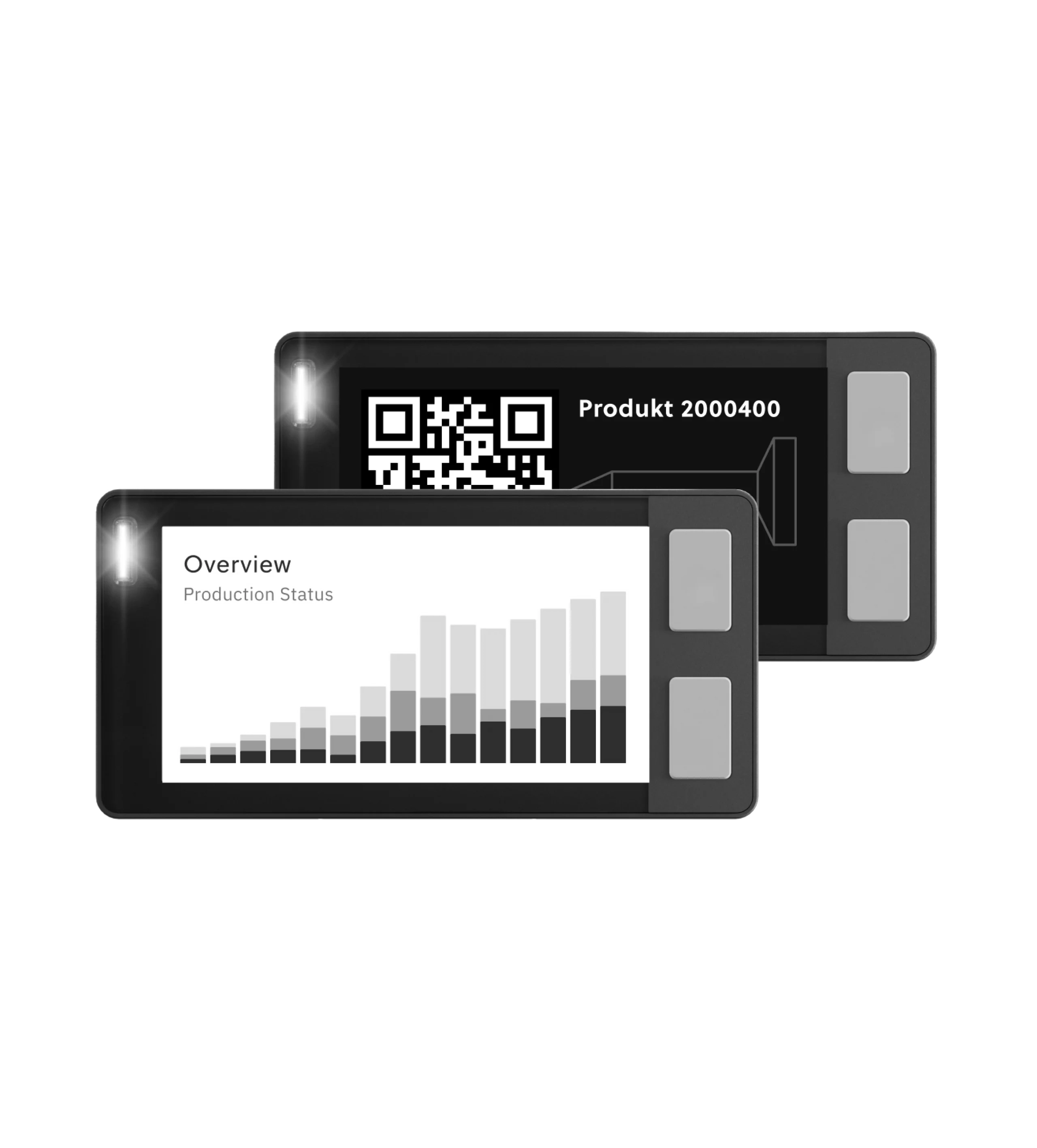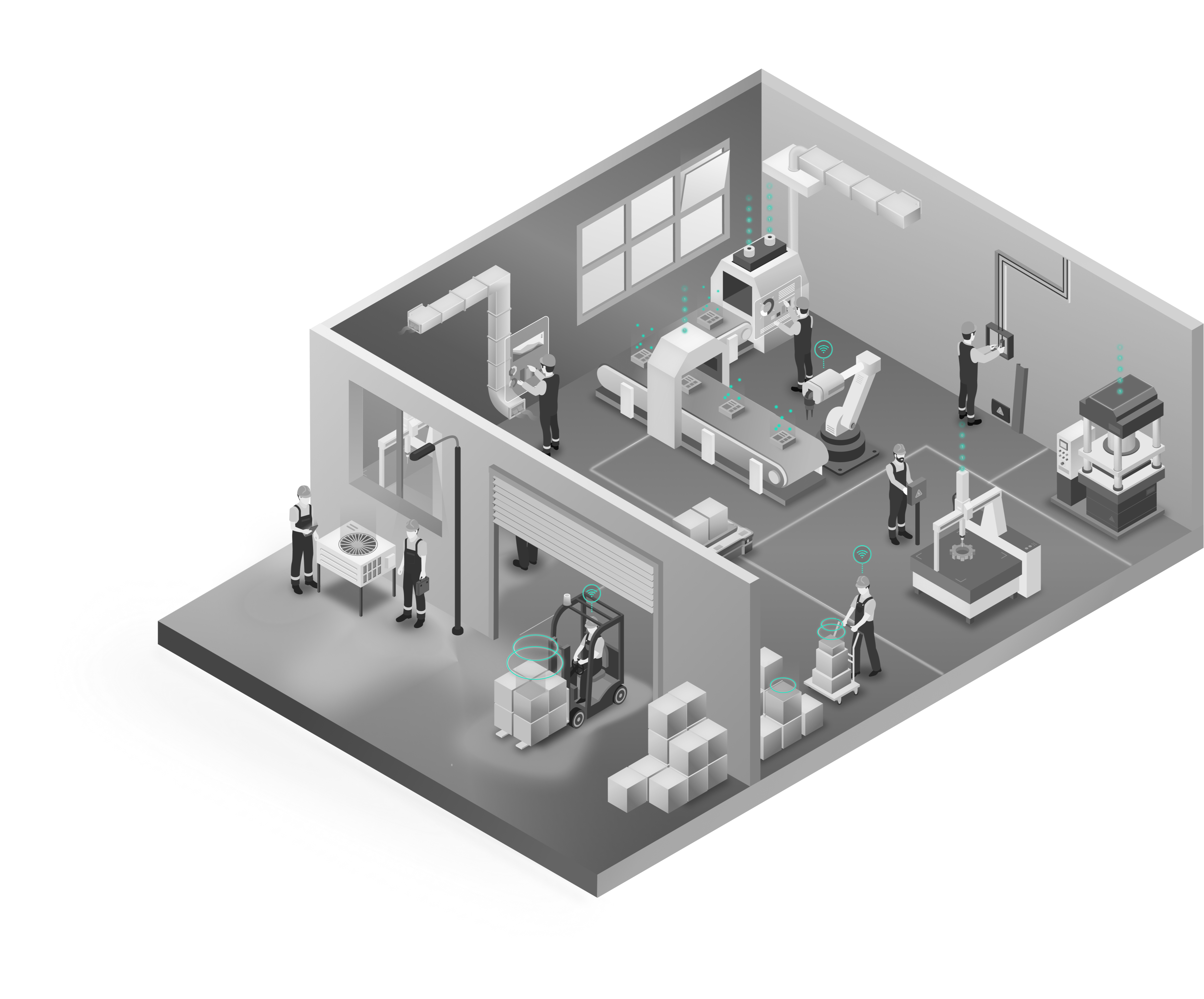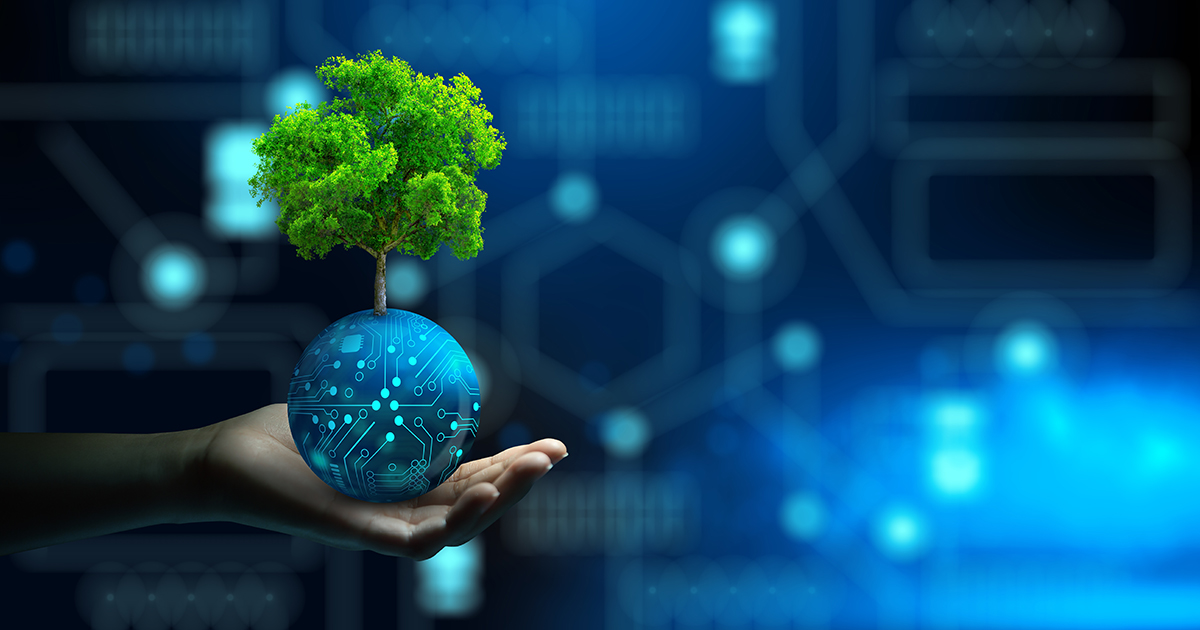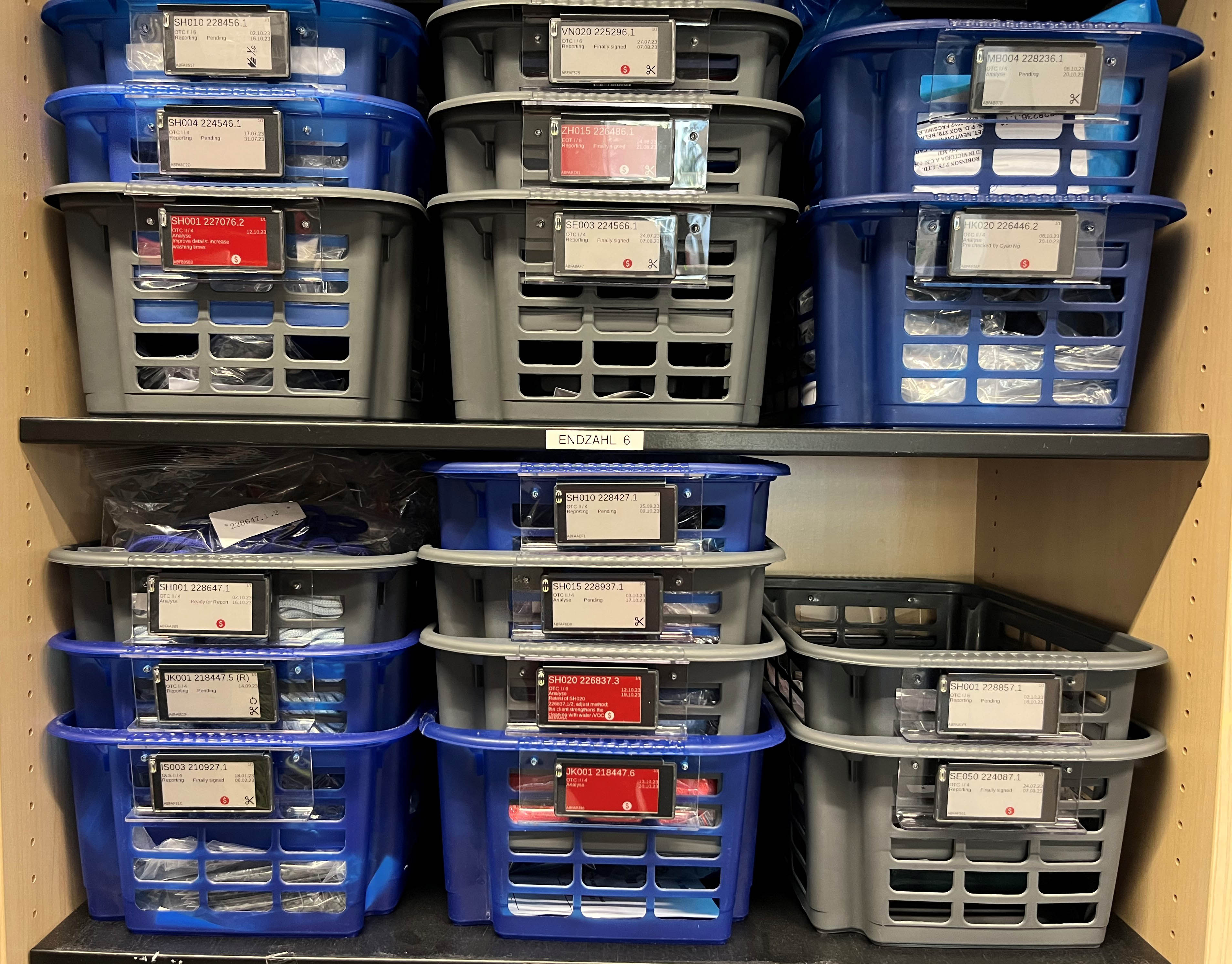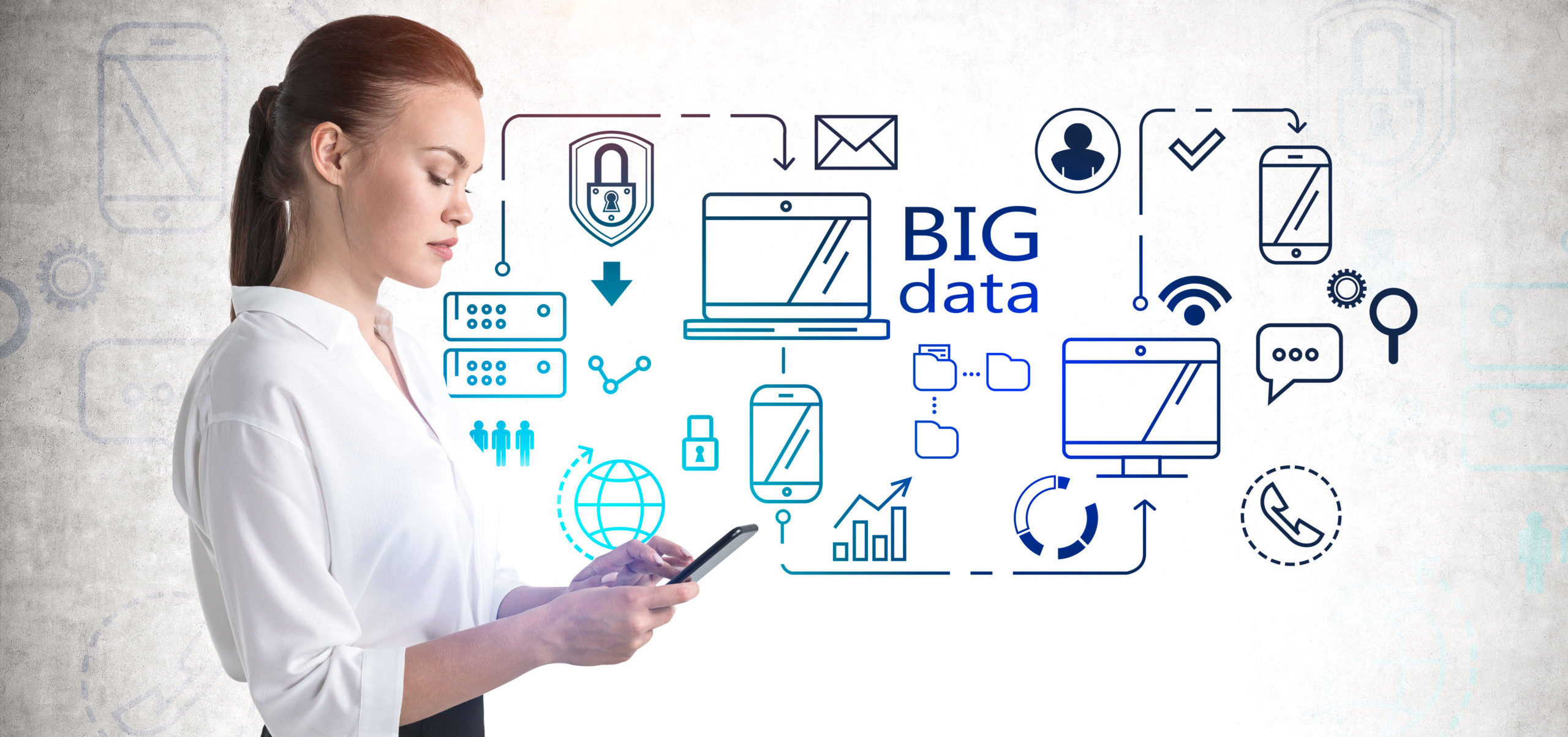One of the long-term visions adopted by the European Commission is called “A Clean Planet for all”. It is about reducing the greenhouse gas emissions from industrial production to zero by 2050, and the biggest lever for this will be digital transformation.
Let’s perform sustainably
Digitalisation is widely regarded as one of the main sources of hope if we are to meet global climate targets. In the United Nations’ Sustainable Development Goals (SDGs), the Fourth Industrial Revolution is also referred to as “zero-emission”. This will require major improvements in the use of resources, minimising unnecessary surpluses, and predictive maintenance for industrial plant and equipment.
Ultimately, digital transformation is designed to shrink our environmental footprint significantly. After all, it is opening up numerous new possibilities for making the manufacturing sector more eco-efficient while also consuming less resources and emitting less pollution.
D2GO’s understanding of sustainability
These days, people still like to use the word “sustainability” to describe processes and their results as “long-lasting and meaningful”. However, the terms “sustainability” and “sustainable development” are much more complicated than that. In our understanding of sustainability, the time dimension is merely one of four aspects, and meaningfulness can only be ensured if and when all four dimensions are in harmony.
Besides the three traditional elements – “environmental”, “economic” and “social” – there is a fourth that is also important to us: “time”. This is meant in a challenging way, though, in the sense of limited time, so speed and the agility that needs to come along with it are of the essence – because digitalisation brings a colossal momentum of its own that threatens to tip over if you don’t pay attention and let it shape you. If you are to shape yourself, you should first get well prepared.
Breaking down fears, building up agility
Agility does not just mean being quick(er), it’s also about thinking flexibly. As Professor Ramsauer from Graz University of Technology explains: “To become more agile, companies have to take command of the agile levers and elements in their business system, both in terms of operations (production, logistics, procurement, development and product design) and with regard to their strategy, organisational structure, processes and corporate culture. Combining this with rigorous monitoring of their environment and a governance function that enables these agility levers to be adjusted quickly will enable companies to seize opportunities in a volatile market environment.” A tonne of information and data almost unimaginable in its magnitude and complexity flows not only into production processes but also into these decision-making and development processes that have already been mentioned. To be able to handle this and turn it into some meaningful results, we avail ourselves of “mechanical” help in the form of augmented intelligence: the combination of human expertise and artificial intelligence produces the best results and serves as a striking reminder of the need for a human/machine balance in all digitalisation projects. And that’s something that can be learnt.
Learning the “right digitalisation”
Rather than degenerating into an end in itself, technical, digital development must always keep its original focus front and centre: “Making work and business processes more efficient; taking over ‘dumb’, repetitive tasks; and assisting people and making life easier for them.” Mario Fraiß supports all kinds of companies with their digital transformation and shows how humans and machines can engage in a beneficial relationship that takes responsibility for all resources. This is a stated aim of sustainable digitalisation. As indicated, it calls for a healthy dose of agility from everyone involved, with the time available for making decisions and implementing projects getting ever shorter. To avoid being overtaken by increasing speed, it is a good idea to learn how to deal with digital transformation “safely” in academies or thought incubators, such as can be done at the LEAD Factory at Graz University of Technology. Its curriculum has a highly practical bent and includes lean management, digital learning by doing, agile production and gamification all the way through to energy efficiency and conserving resources – together with the major bonus of allaying fears and reservations, which is a vital success factor in any digitalisation project.
Moving step by step – and sustainably – into a digital future
Digitalisation has massive potential for making industrial production around the world more efficient, more sustainable and, yes, more intelligent. We already have working sensors, robots, machines, driverless transport systems and much more besides. Both horizontally and vertically, the Internet of Things (IoT) links together all available systems, from procurement through to delivery, from plant engineering through to staff planning, from purchase orders through to the entire controlling setup. This kind of digital transformation and how it is handled in a really forward-looking way, where technical development is not only happening for its own sake, is what we understand by sustainable digitalisation. Complete with all its economical, environmental, social AND time aspects. Let’s stay agile!
Sustainable digitalisation, step by step https://digital-2-go.com/.
Professor Christian Ramsauer is head of the Institute of Industrial Management and Innovation Research at Graz University of Technology and has been President of the International Association of Learning Factories (IALF) since 2021.
Mario Fraiß studied information management at FH JOANNEUM University of Applied Sciences. He works as an external digital consultant supporting companies and management boards.
For those looking for some further reading (in German):
https://www.lehmanns.de/shop/wirtschaft/37864230-9783527509010-erfolgsfaktor-agilitaet
https://link.springer.com/chapter/10.1007/978-3-662-48191-2_1
“A Clean Planet for all” https://www.umweltbundesamt.at/oekoeffizienz-industrie40
